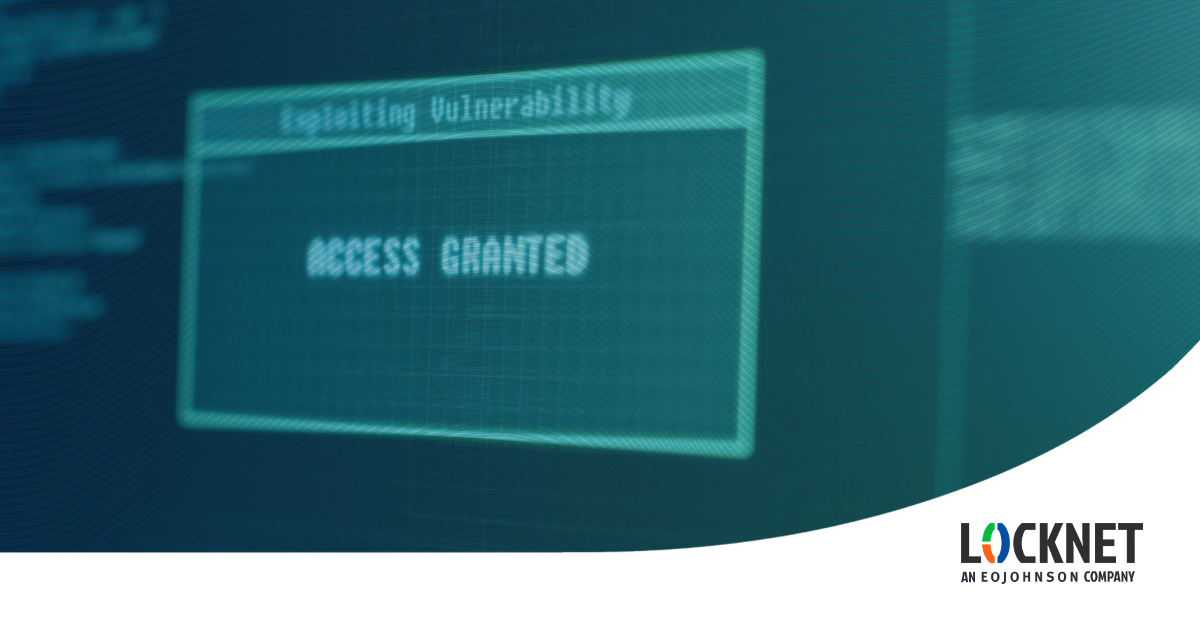Resources
World Class IT Support & Service
Real People. Right Now.
About Locknet® IT Services
From the first hello, the Locknet® team is dedicated to serving you and your needs.
Real People. Right Now.
From the first hello, the Locknet® team is dedicated to serving you and your needs.


Updated April 1, 2024
Businesses and organizations of all sizes and across all industries are vulnerable to steadily increasing security risks. Vulnerability scanning is one of those things you probably should have started yesterday. But it’s never too late to learn more about vulnerability scanning and incorporate it into your cybersecurity plan.
A vulnerability is a loophole in your security that can be exploited by a bad actor to get unauthorized access or perform an unauthorized action on a computer, website, or network. Vulnerabilities create opportunities for attack through installing malware, running code, or hacking into sensitive data.
A thorough analysis of your network’s security requires a vulnerability scan. A vulnerability scan is an automated vulnerability management process conducted on a computer or network system to find potential points of exploitation. These automated security tools examine CVEs (Common Vulnerabilities and Exposures), weaknesses, misconfigurations, and flaws in an organization’s networks, systems, devices, and applications. Once the vulnerability scanning procedure is complete, a detailed report brings to light degrees of risk from each vulnerability and ways to mitigate them.
Different areas of an IT environment are typically scanned to provide a complete risk assessment.
An authenticated vulnerability scan is sometimes referred to as a “credentialed vulnerability scan.” The “credentials” refer to a valid account for a system. A credentialed vulnerability scan, or authenticated vulnerability scan, is a vulnerability scan that utilizes valid accounts (usernames and passwords) to log into target systems.
Because an authenticated vulnerability scan uses valid credentials to access the system being scanned, the scanner can conduct a more thorough assessment and access deeper layers of the system. This can potentially identify vulnerabilities that may not be visible externally. An authenticated vulnerability scan offers a more comprehensive view of the system's security posture, as it can detect vulnerabilities in software configurations, settings, and installed applications that require authentication to access. On the other hand, an unauthenticated vulnerability scan doesn't use valid credentials and only examines the external-facing aspects of a system, such as open ports and services, making it more limited in scope.
While you may have heard both terms when discussing your network security, a vulnerability scan is not the same as a penetration test. A penetration test, or pen test, is an active manual attempt to gain access to a system through an already known vulnerability or misconfiguration. Vulnerability scanning focuses on prevention, not penetration. A vulnerability scan is typically administered more frequently than a penetration test, but they work together and are requirements for a comprehensive cybersecurity plan.
There are many reasons vulnerability scanning should be part of your cybersecurity plan.
An ongoing vulnerability scanning procedure is an essential component of your commitment to proactively identify security risks for your business. Maintaining a regular regimen of vulnerability scanning through a credentialed managed IT provider, you can continually identify, organize, and address vulnerabilities that could otherwise put your network security at risk. By mitigating those risks systematically, your organization has the insight it needs to remediate, maintain regulatory compliance, and have a strong cybersecurity posture.
Our credentialed IT security experts can perform an exhaustive security assessment and come up with an action plan to proactively address potential vulnerabilities within your systems.
Managed IT

Onalaska, WI Waterloo, IA Wausau, WI Eau Claire, WI Burnsville, MN
You are now leaving locknetmanagedit.com. Please check the privacy policy of the site you are visiting.